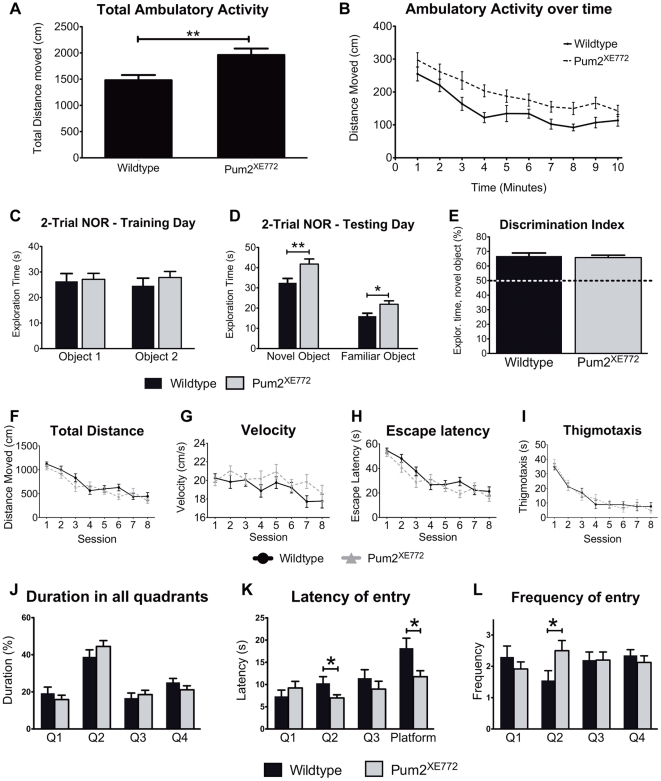Figure 2. Behavioral tests of Pum2XE772 and wildtype mice.
(A–B) Activity chamber. (A) Pum2XE772 mice travel an overall longer distance compared to wildtype mice. (B) Mice of both genotypes show the same adaption pattern to the new environment (less activity over time). (C–E) Novel object recognition test (NOR). (C) During training sessions, wildtype and Pum2XE772 mice spend equal time exploring both objects. (D) Mice of both genotypes memorize a known object and spend more time with a novel object. Pum2XE772 mice spend significantly more time exploring both objects than wildtype mice do. (E) The discrimination index shows that mice of both genotypes recognize the novel object. (F–I) Morris water maze - Training sessions. Mice were trained to find the platform in 8 sessions over 4 days. Measurement of basic locomotor parameters confirmed a learning curve in both genotypes: (F) Total distance each group swam to reach the platform, (G) velocity during trials, (H) time needed to find the platform and (I) thigmotaxis (Mean ± SEM). (J–L) Morris water maze - Probe trial. Subsequent to the training, the platform, originally located in Q2 (target quadrant), was removed and movement of the mice during four 30-second trials was recorded. Pum2XE772 mice have a significantly higher frequency and lower latency of entry in the target quadrant. (J) Percentage of total time the mice spend in each quadrant (Q1–Q4). (K) Latency of entering each quadrant (Q1–Q3, mouse was placed into Q4) and the actual location where the platform was located within target quadrant Q2 (Platform). (L) Frequency of entry into each quadrant (Mean ± SEM, *p<0.05, **p<0.01).

